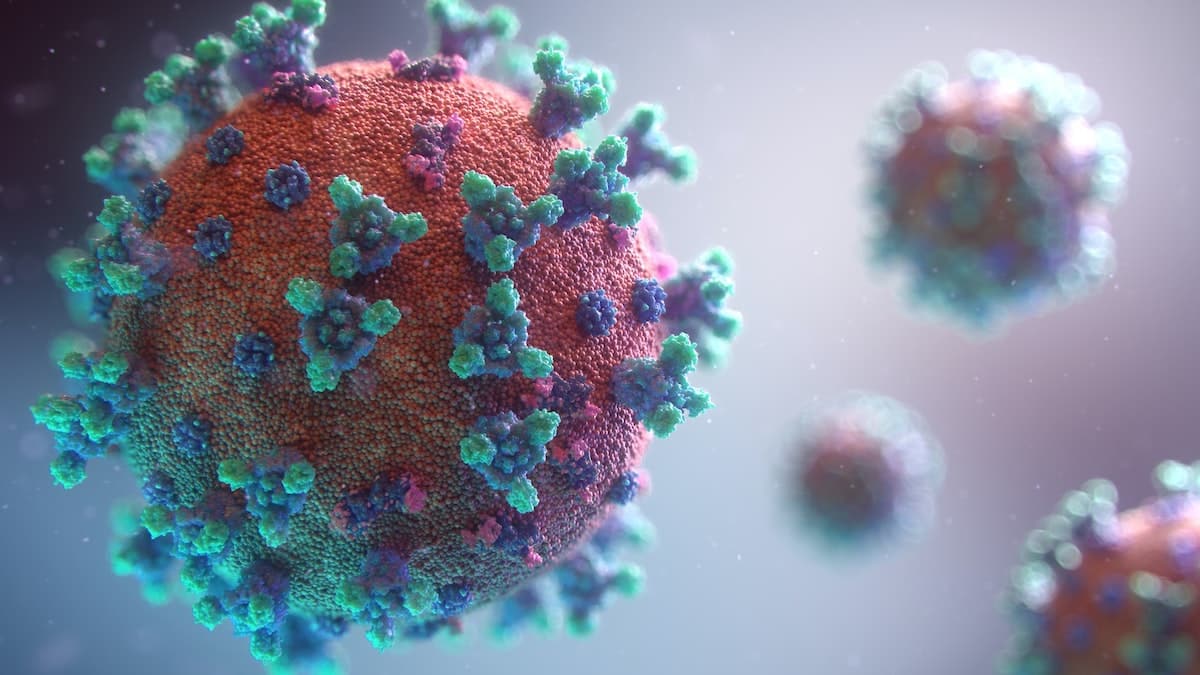The COVID-19 virus is a novel coronavirus that’s making headlines around the globe. Public health professionals are asking many questions and learning more about its spread and what can be done about it.
Testing for COVID-19 virus is important, as it may help provide treatment that may prevent symptoms from worsening. But what should you know about taking the test?
Understanding the RT-PCR Test
Real-Time RT-PCR utilizes specific fluorophore probes and primers to detect SARS-CoV-2 in a sample of RNA. The RNA is then added to an enzyme mixture designed specifically for this purpose, which then facilitates the PCR reaction.
After an hour, billions of copies of viral DNA are created. These copies release a fluorescent dye which can be measured by the machine and shown on a computer screen in real time.
Fluorescence indicates whether or not there is a viral DNA strand present. Scientists monitor how many amplification cycles are necessary to make this determination, which helps them assess the severity of virus infection.
The RT-PCR test in Boston is the most precise and sensitive way to diagnose COVID-19 infection. It has less chance of returning a false positive result than rapid antigen tests, making it especially reliable during early stages when large amounts of virus are present in the body.
Understanding the PCR Process
Polymerase chain reaction (PCR) is a laboratory technique that creates millions of copies of DNA sequence. It plays an integral role in diagnosing genetic diseases and detecting pathogens.
PCR (Polymerizable Complexed Reaction) is an enzyme-driven, highly sensitive and precise process. It utilizes short primer sequences to selectively amplify certain types of DNA.
A PCR amplification reaction requires the addition of target DNA, deoxynucleotide triphosphates (dNTPs), thermostable DNA polymerase, primers and reaction buffer. The reaction is then run in a thermal cycler where temperature and time are adjusted repeatedly over multiple cycles to generate hundreds of copies of the desired DNA sequence.
In the initial step of PCR, heated target DNA is heated to a temperature that breaks bonds between its two strands. Once separated into individual fragments, these single-stranded DNAs can then be physically heated again and separated into distinct strands.
Understanding the PCR Results
A PCR test detects small amounts of genetic material (RNA or DNA) from a sample taken from your nose, throat or saliva. These can also come from other areas in the body like blood, urine or stool.
By performing a PCR test, scientists detect specific viral genetic sequences in your sample. During this process, these sequences are copied multiple times for easy detection and replication.
These copies of the SARS-CoV-2 virus are so small that PCR tests can easily detect them. In fact, they have the capacity to detect even trace amounts of COVID-19 virus even when you don’t have symptoms or contact with someone suffering from it.
PCR testing is one of the most sensitive and precise ways to help curb COVID-19’s spread. It also enables health officials to quickly identify those who have been exposed to the virus, so they can take proactive measures to halt its spread.
Understanding the Interpretation
Interpreting COVID-19 diagnostic results is vitally important, as they enable clinicians to make a diagnosis and determine how long people remain infectious, their recovery rate, and whether or not they need to isolate themselves from others.
The COVID-19 test is an essential element in the healthcare system’s response to SARS-CoV-2. It may even be able to detect the virus in severely ill or immunocompromised individuals.
COVID-19 diagnostic tests remain highly-valued but are faced with numerous obstacles, including technical uncertainties, initial regulatory obstacles and limited resources.
To combat these obstacles, healthcare providers should employ a range of diagnostic testing approaches. They should conduct these tests frequently and on an expansive basis so they can more accurately identify infected individuals and presymptomatic carriers. Furthermore, scientists will be able to create more potent COVID-19 vaccines and gain insight into ways of effectively controlling the virus’ spread.


